We may earn money or products from the companies mentioned in this post. This means if you click on the link and purchase the item, I will receive a small commission at no extra cost to you … you’re just helping re-supply our family’s travel fund.
Some places taste like continuity. These districts pair kitchens with record shops, murals, and night rooms where bands test new songs. Menus read like memory and invention at once, with oxtails beside vegan plates, peach cobbler near plantains, and smoke drifting over sidewalks. In 2025, these blocks feel intentional rather than nostalgic. Owners build hubs, not just dining rooms, and neighbors shape the rhythm. What endures is welcome: a seat, a story, and a plate that explains the street.
Harlem, New York
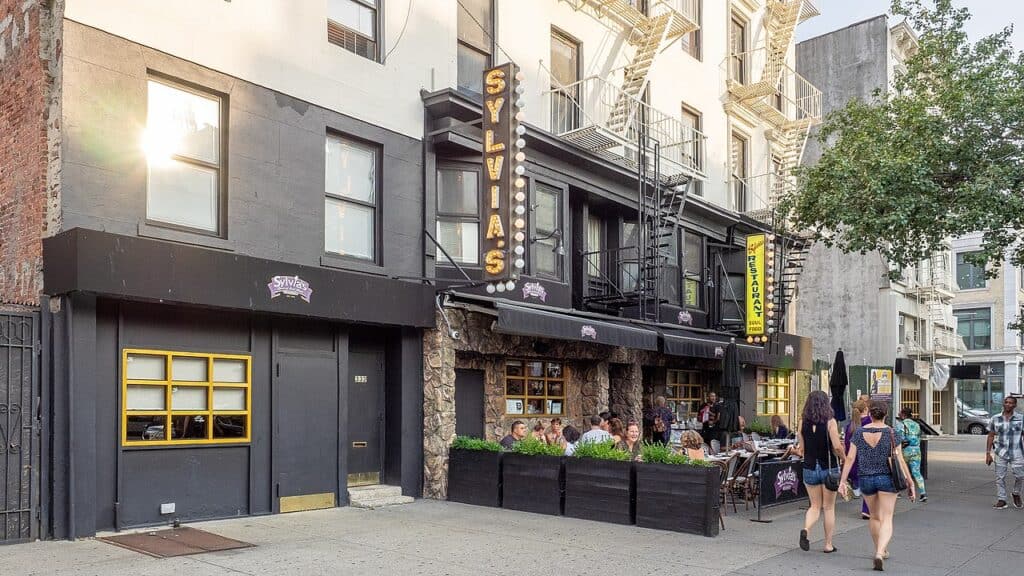
Harlem’s mix of soul cafés, West African grills, and bakeries stretches from Lenox to Frederick Douglass. Sunday lines form for fried chicken, greens, and cornbread, while newer counters plate salmon croquettes beside citrus slaws. Jazz rooms glow after dark and keep the pace unrushed. Galleries and bookstores fold into the route, so dinner becomes a walk through culture. The mood is hospitable and confident, with recipes that travel generations and still make room for new riffs.
Sweet Auburn And West End, Atlanta

On Auburn Avenue, breakfast biscuits meet archives within a few blocks, so history frames the first bite. By lunch, the AUC hum delivers student energy to vegan soul plates and jerk chicken stalls. Afternoon wanders into bookstores and murals, with barbecue smoke threading the air. West End picks up at night with DJs, poets, and drum circles that turn sidewalks into a loose ring. Cobbler closes the loop warm from the oven, and neighbors trade waves across the street.
U Street And Shaw, Washington, DC
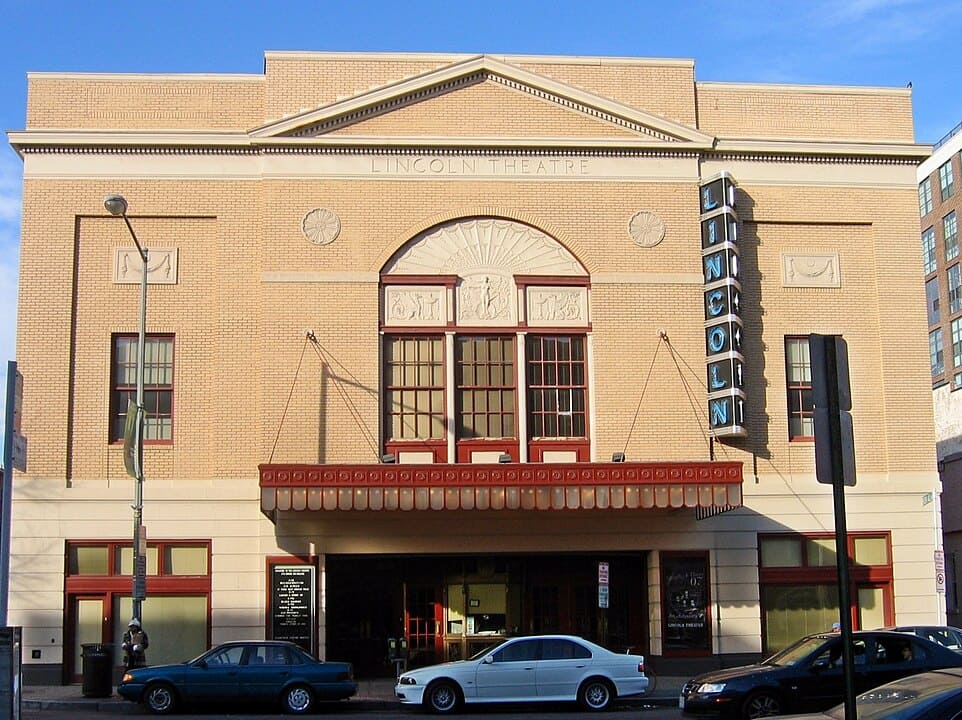
Half-smokes hold their landmark status, yet the corridor’s draw is broader: Ethiopian injera stacked high, go-go flyers in windows, and pastry cases scented with bourbon and spice. Dinner blends mid-Atlantic and Southern notes—crab-heavy sides, salmon croquettes, and slow-cooked beans. Nearby museums and small venues keep the music close, and staff steer guests toward late sets with tight horn sections. It feels lived in and layered, where a plate often comes with a quick story.
Bronzeville, Chicago
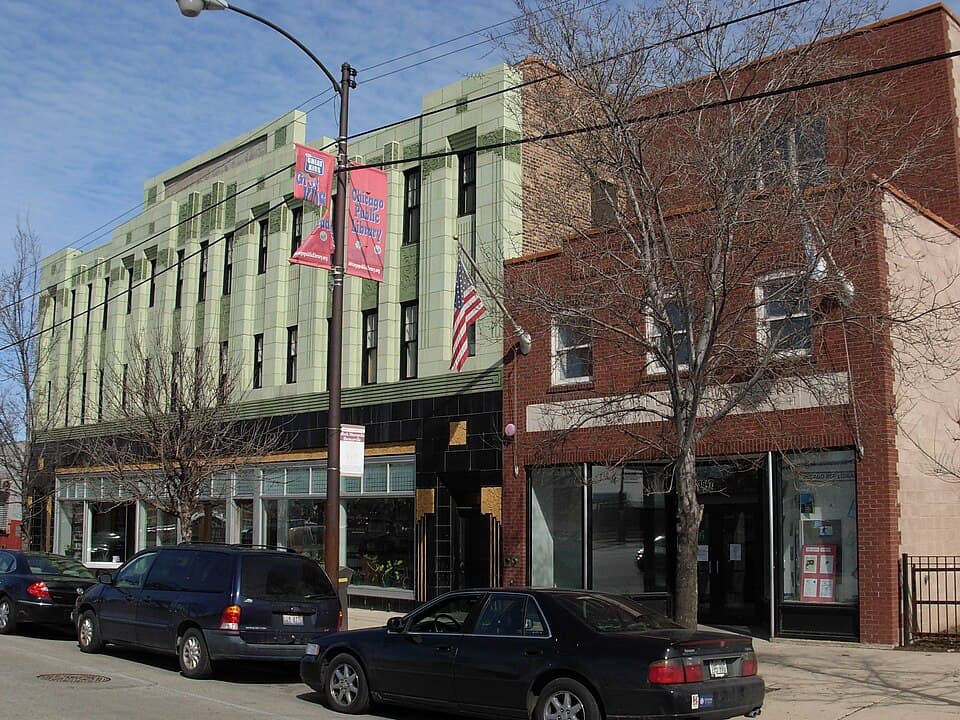
Morning opens with waffles and coffee poured steady, then lunch brings rib tips, smoked links, and greens with honest pot liquor. Storefront galleries and a historic walk along 47th add context between courses. Dinner slides into catfish, mac and cheese, and cocktails mixed with care, followed by a small club where the sound tech clearly listens. Desserts taste like a childhood slice saved for after church. Craft, memory, and neighborhood pride share the same table.
Tremé, New Orleans
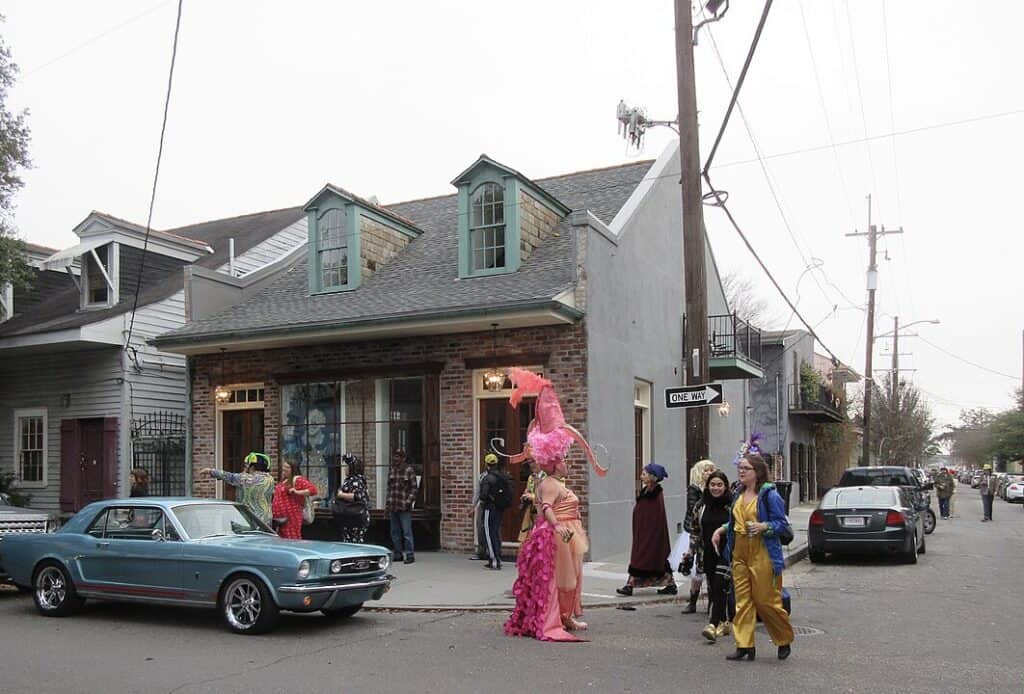
Red beans anchor the week, joined by hot sausage, po’boys, and brass lines that bend corners like old friends. A mural walk and a small museum explain feathers, parades, and the kitchens that kept traditions alive. Dinnertime favors gumbo or catfish with greens, then a long set under strand lights where trumpets stretch the evening. Streets keep their rhythm after closing. Food, music, and family names connect like a second line that never quite sits down.
Leimert Park Village, Los Angeles
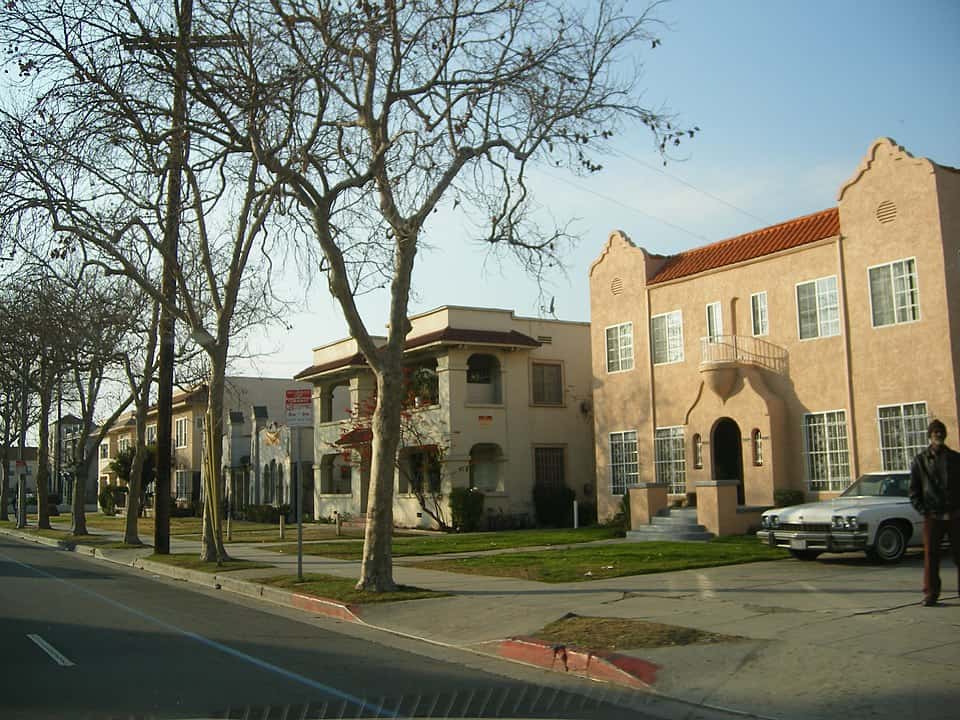
Sun finds the plaza early, where vendors set stews over rice and drummers set the tempo. A bookstore hosts a reading, then patties, jerk, and coconut sweets join the route like cousins at a reunion. Dinner drifts along Crenshaw for tacos near slow-smoked wings, then returns for an open mic where poets hand the mic to bassists. Shops run on conversation as much as sales. A paper sack of cookies cools under a sky that still holds music.
Third Ward And Emancipation Avenue, Houston
Biscuits with tomato jam or a seared boudin link open the day, followed by row house art spaces that tie meals to murals and gardens. Lunch leans Gulfward—shrimp étouffée, fish plates, and rice that carries its own perfume. Afternoon tea cools the air while elders trade stories of marching and feeding crowds. Night brings oxtails under string lights and a patio band that sets tempo for the block. The mood is generous and unhurried.
Overtown, Miami
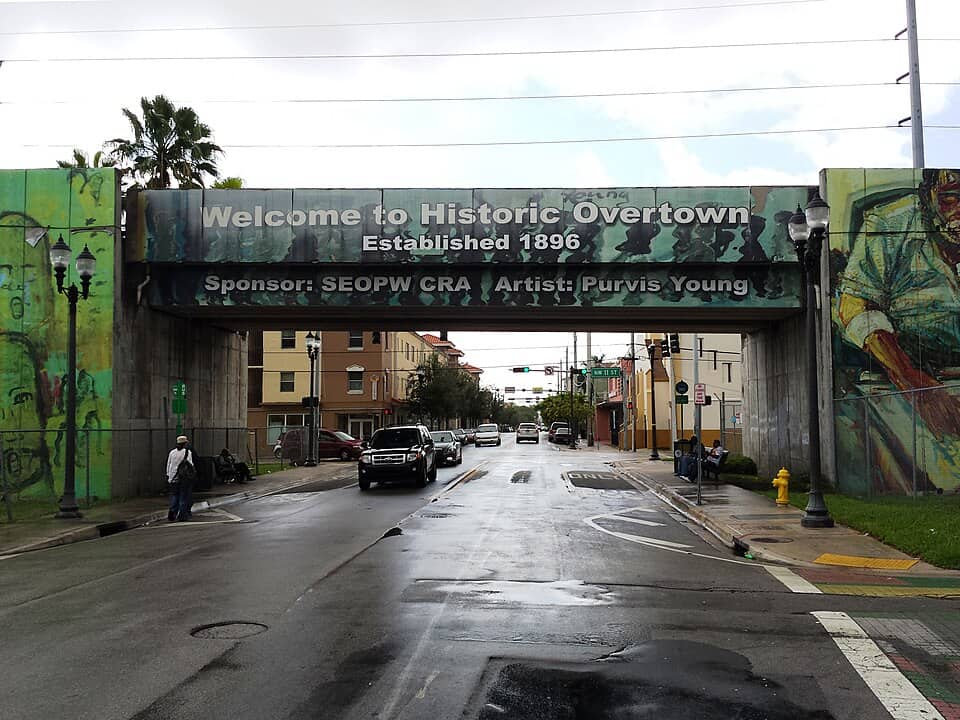
Soul food meets Caribbean plates on the same breeze: snapper, griot, pikliz, and plantains stacked golden. Record shops and markets sell herbs beside crates of mangoes, while a cultural center stitches timelines together. Dinner moves between legacy dining rooms and new counters run by younger crews. A lounge pours rum for a late band, and conversations carry across tables. The feeling is bridgework—flavors linking neighborhoods, with history offered in small, certain details.
Avenue Of Fashion, Detroit
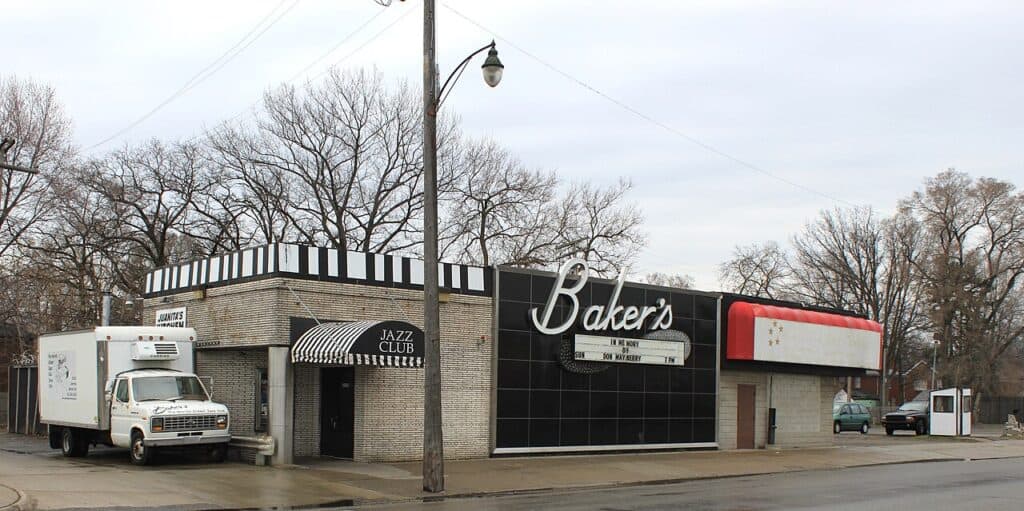
Livernois layers salons, clothiers, bakeries, and dining rooms that stayed open when times were thin. Midday plates bring catfish, cabbage, or a turkey chop that earns its line without shouting. Scoops, cobblers, and careful espresso follow, then an early set at a nearby lounge. Dinner keeps focus on craft: slow-smoked meats, precise sides, and staff who remember names. Neon along the storefronts glows like a promise kept to the block.
West Oakland And 14th Street, Oakland
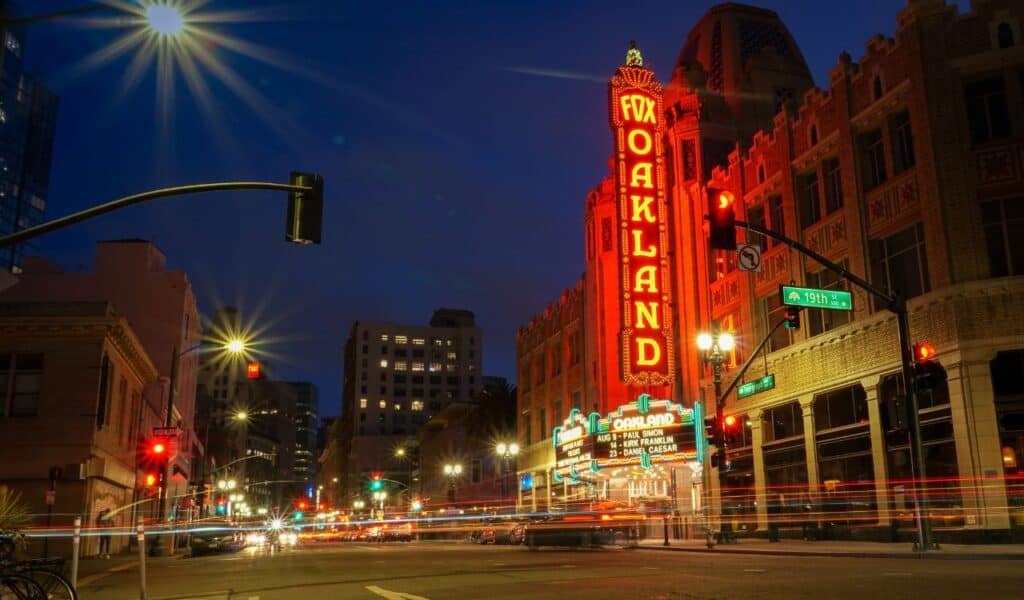
Coffee and pound cake near the waterfront start the morning, then smoke from pits pulls the walk inland through corridors shaped by dockworkers and artists. A compact museum adds context without varnish, and lunch plates up links, slaw, and a cold soda. Evening belongs to a club with bass tuned right and a crowd that listens. A sidewalk baker slides a warm pie across the counter with a nod. Flavor lingers with a hum of work still underway.
West Philly’s 52nd Street, Philadelphia
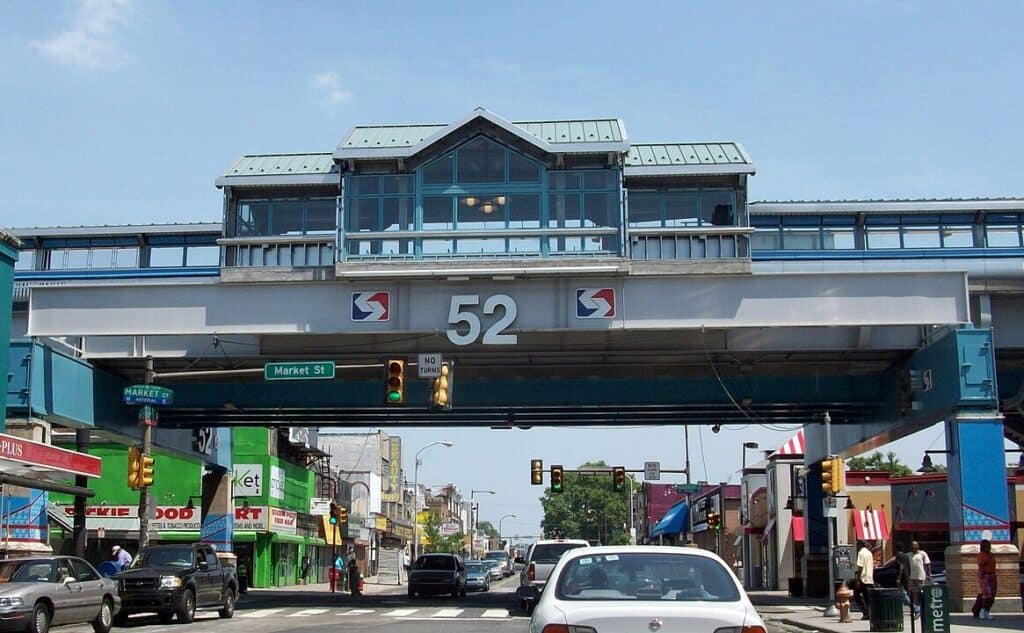
Trolleys rattle, speakers spill gospel and go-go, and windows stack sweet rolls beside bottles of pepper sauce. Midday means peppered turkey wings or a fried fish sandwich wrapped tight. A mural stop and bookshop detour slow the pace before a café pours something strong and sweet. Dinner lands as a steam-table classic or a new riff that respects roots. Water ice closes the evening bright, and greetings cross the sidewalk like neighbors at dusk.
Other Blog Posts You Might Enjoy
www.idyllicpursuit.com (Article Sourced Website)
#BlackOwned #Food #Districts #Neighborhood #Destination #Author #Kathy #Haan
